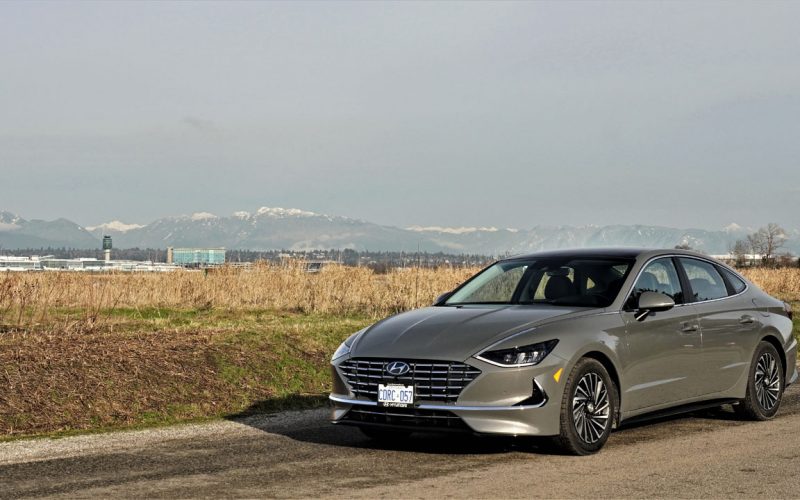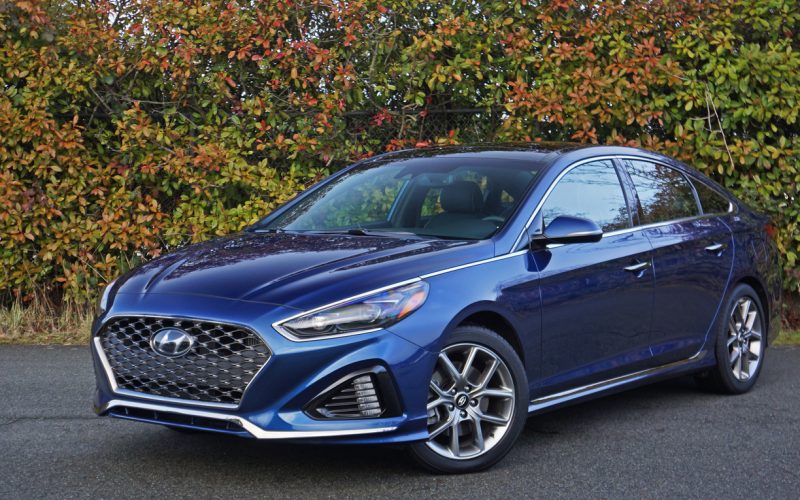
Reading Time: 9 minutesThe mid-size sedan might be a dying breed, especially in Canada where they’ve never been as

Reading Time: 15 minutesThe Sonata has been with us for a long time, 31 years in fact. During those
© 2025 The Car Magazine. All Rights Reserved, Privacy Policy | Terms of Use